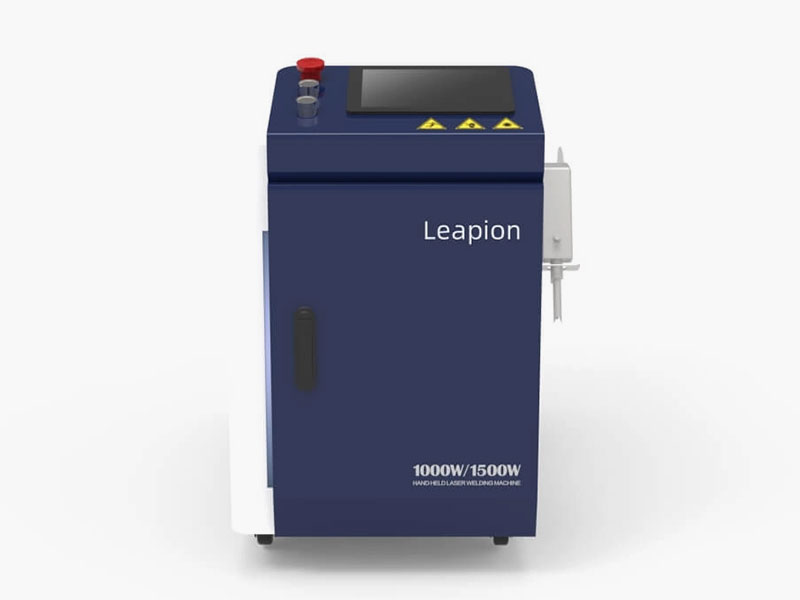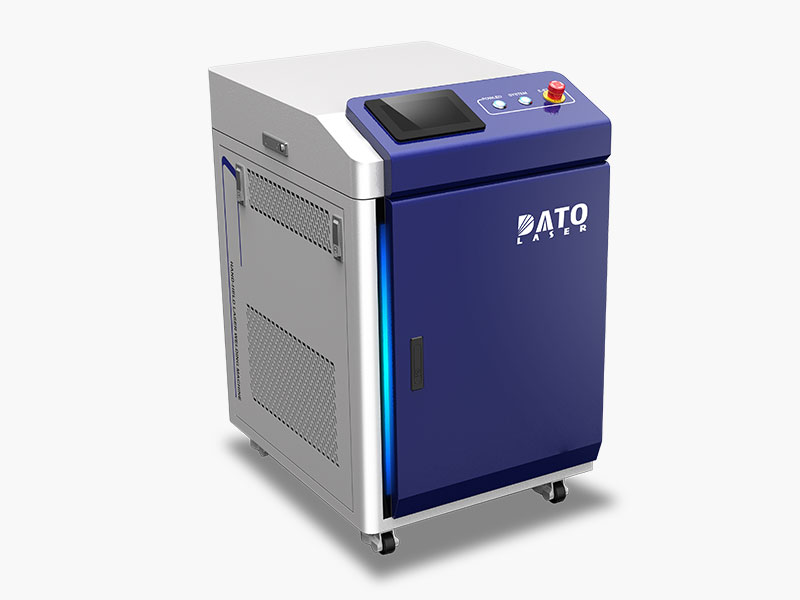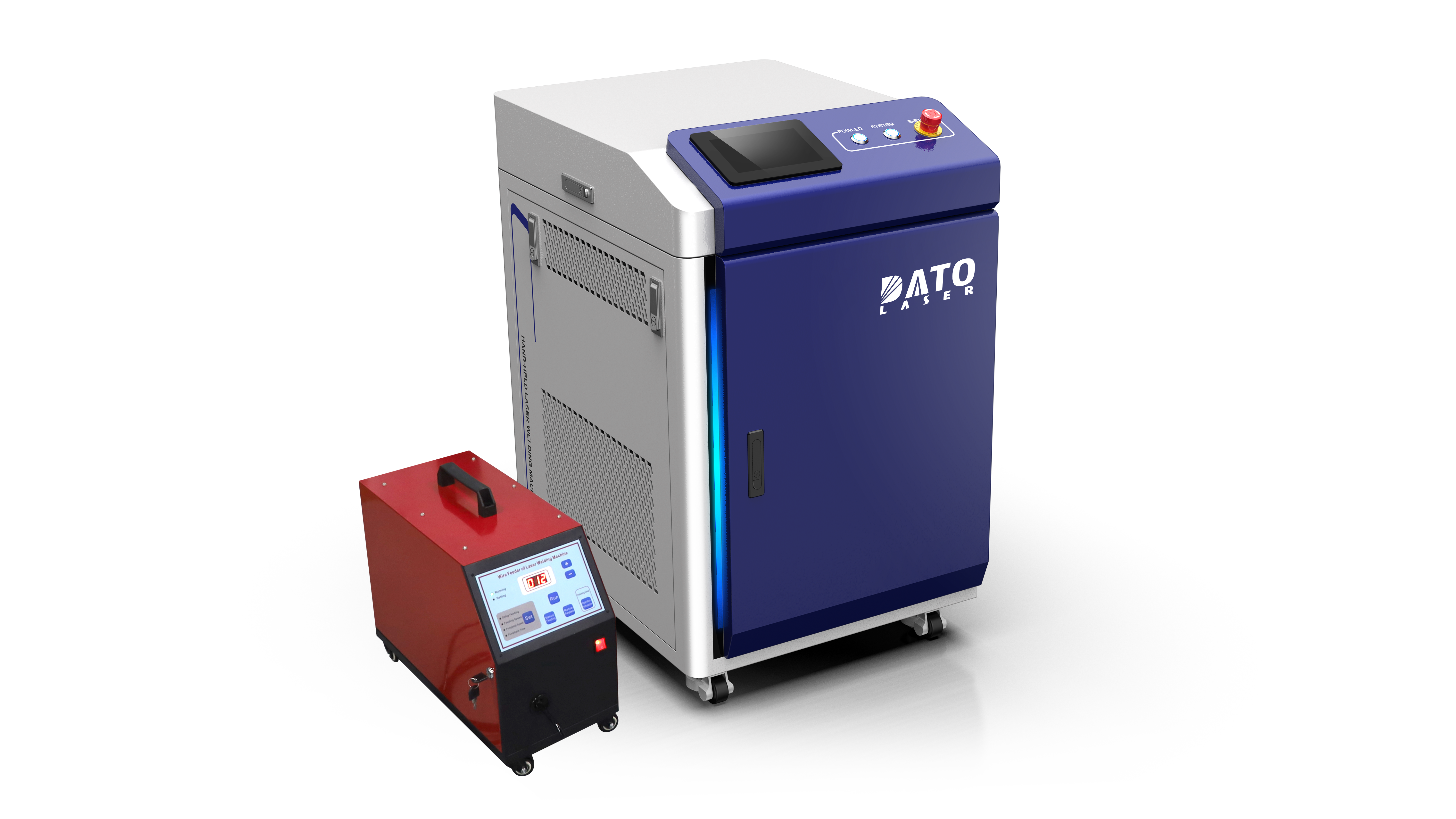CNC Laser Welding vs Manual Systems: Which to Choose for Your Manufacturing Needs?

In the rapidly evolving world of industrial manufacturing, precision, efficiency, and reliability are non-negotiable. For businesses working with metals, the choice between CNC laser welding systems and manual welding techniques can significantly impact productivity, cost-effectiveness, and product quality. As industries demand higher standards, understanding the strengths and limitations of each method becomes critical.
This guide explores the key differences between CNC laser welding and manual systems, providing actionable insights to help you make an informed decision tailored to your operational goals.
Understanding CNC Laser Welding and Manual Welding Systems
Before diving into comparisons, let’s clarify what each system entails.
What Is CNC Laser Welding?
CNC (Computer Numerical Control) laser welding uses automated, programmable machinery to direct high-intensity laser beams onto metal surfaces. The process is guided by digital designs (CAD/CAM files), ensuring precise control over welding parameters like speed, power, and focal length. This method is ideal for complex geometries, repetitive tasks, and applications requiring micron-level accuracy.
What Are Manual Welding Systems?
Manual welding systems rely on human operators to control the welding torch or laser handpiece. Techniques like TIG (Tungsten Inert Gas) or MIG (Metal Inert Gas) welding are common, requiring skilled technicians to adjust parameters in real time. Manual systems offer flexibility for custom or low-volume projects but are prone to inconsistencies due to human error.
Key Factors to Compare: CNC vs. Manual Laser Welding
To determine which system aligns with your needs, evaluate the following aspects:
Precision and Consistency
CNC Laser Welding: Unmatched Accuracy
CNC systems excel in delivering consistent, repeatable results. The integration of advanced motion controllers and laser optics ensures that every weld follows the exact specifications programmed into the machine. This is particularly advantageous for industries like aerospace, medical device manufacturing, and automotive, where even minor deviations can compromise safety or performance.
For example, welding turbine blades or surgical instruments demands sub-millimeter precision, which CNC laser systems achieve effortlessly.
Manual Welding: Skill-Dependent Outcomes
While skilled welders can produce high-quality results, manual welding inherently varies between operators. Factors like hand steadiness, fatigue, and environmental distractions introduce inconsistencies, especially over long production runs. Training and experience mitigate these issues but cannot eliminate them entirely.
Production Speed and Scalability
CNC Laser Welding: High-Speed Automation
Once programmed, CNC laser welding systems operate at speeds unattainable by manual methods. Automated loading/unloading mechanisms and continuous operation capabilities make them ideal for high-volume manufacturing. For instance, automotive assembly lines using CNC lasers can weld hundreds of chassis components per hour with minimal downtime.
Manual Welding: Flexibility for Low-Volume Work
Manual systems are slower but better suited for prototyping, repairs, or custom jobs. A welder can adjust techniques on the fly for unique shapes or materials, avoiding the time and cost of reprogramming a CNC machine. However, scaling manual operations requires hiring and training additional staff, which increases overhead.
Material Versatility and Application Range
CNC Laser Welding: Handling Exotic Alloys and Thin Materials
CNC lasers excel in welding stainless steel, aluminum, titanium, and even dissimilar metals. The focused beam minimizes heat-affected zones (HAZ), reducing warping in thin sheets or heat-sensitive components. This makes CNC systems indispensable for electronics, battery manufacturing, and precision engineering.
Manual Welding: Adaptability to Thick or Irregular Parts
Manual methods like arc welding are better for thicker materials (e.g., structural steel) or irregular surfaces where a laser’s narrow focus might struggle. However, manual processes often require post-weld finishing to address splatter or distortion.
Cost Considerations: Initial Investment vs. Long-Term ROI
CNC Laser Welding: Higher Upfront Costs, Lower Labor Expenses
CNC systems require significant capital investment, often ranging from $100,000 to $500,000 depending on power and features. However, they reduce long-term labor costs by automating tasks and minimizing rework. Businesses with stable, high-demand production lines typically achieve ROI within 2–3 years.
Manual Welding: Lower Initial Costs, Higher Variable Expenses
Manual setups are cheaper to implement (starting under $10,000) but incur ongoing costs for skilled labor, consumables (e.g., gas, electrodes), and quality control. For small workshops or job shops, this trade-off may be justified.
Safety and Operator Expertise
CNC Laser Welding: Reduced Human Intervention
Automated systems enhance workplace safety by limiting operator exposure to fumes, sparks, and high-energy lasers. Technicians primarily monitor processes and perform maintenance, reducing injury risks.
Manual Welding: Higher Safety Risks
Manual welding exposes operators to UV radiation, toxic fumes, and burns. Proper PPE (Personal Protective Equipment) and ventilation are essential, but accidents remain more likely compared to CNC environments.
When to Choose CNC Laser Welding
High-Volume Production: Automotive, appliance, and electronics manufacturing.
Complex Geometries: Intricate components for aerospace or medical devices.
Thin or Heat-Sensitive Materials: Battery casings, microelectronics, or sheet metal.
Repeatability Demands: Consistent welds across thousands of units.
When to Opt for Manual Welding Systems
Custom or Prototype Work: One-off projects requiring frequent adjustments.
Thick Materials or Heavy-Duty Applications: Construction equipment, pipelines.
Budget Constraints: Startups or small businesses with limited capital.
On-Site Repairs: Maintenance in remote or challenging environments.
Future Trends: The Growing Role of Automation in Welding
The manufacturing sector is increasingly adopting Industry 4.0 principles, integrating IoT sensors, AI-driven quality checks, and predictive maintenance into CNC laser systems. These advancements further enhance precision and reduce downtime, making automation even more compelling.
Meanwhile, manual welding remains relevant in niches requiring artisanal craftsmanship or adaptability. Hybrid systems, combining CNC precision with manual oversight, are also emerging to bridge the gap.
Making the Right Choice with DATO and Leapion
At DATO and Leapion, we specialize in delivering tailored laser solutions for diverse industries. Our CNC laser welding machines feature cutting-edge motion control, adaptive optics, and user-friendly interfaces, while our manual laser systems prioritize ergonomics and ease of use.
Key Considerations Before Investing:
Production Volume: Will you scale operations in the next 3–5 years?
Material Types: Do you work with thin sheets, thick plates, or exotic alloys?
Skill Availability: Can you recruit/train skilled welders?
Budget: Are you prepared for upfront costs in exchange for long-term savings?
Conclusion: Aligning Technology with Operational Goals
Choosing between CNC and manual laser welding hinges on your specific needs. For manufacturers prioritizing speed, precision, and scalability, CNC laser systems are the clear winner. Conversely, businesses focused on flexibility, low-volume work, or budget limitations may find manual welding more practical.
As leaders in laser technology, DATO and Leapion are committed to helping you navigate this decision. Explore our range of fiber laser welders, CNC cutting systems, and hybrid solutions to discover the perfect fit for your workflow.
By investing in the right technology today, you’ll position your business to meet tomorrow’s challenges with confidence.
Related Blogs
-
 Exploring the Safety, Precision, and Industrial Benefits of Laser Surface CleaningIn today’s fast-paced industrial world, where quality, efficiency, and sustainability are top priorities, manufacturers are constantly seeking better ways to clean metal surfaces without compromising material integrityBlog
Exploring the Safety, Precision, and Industrial Benefits of Laser Surface CleaningIn today’s fast-paced industrial world, where quality, efficiency, and sustainability are top priorities, manufacturers are constantly seeking better ways to clean metal surfaces without compromising material integrityBlog -
 A Complete Guide by DATO and LeapionIn modern industry, surface preparation and maintenance play a crucial role in achieving high-quality manufacturing results. Laser cleaning machines have emerged as one of the most innovative, efficient, and environmentally friendly tools for removing contaminantsBlog
A Complete Guide by DATO and LeapionIn modern industry, surface preparation and maintenance play a crucial role in achieving high-quality manufacturing results. Laser cleaning machines have emerged as one of the most innovative, efficient, and environmentally friendly tools for removing contaminantsBlog -
 Laser cleaning machines are revolutionizing industrial surface cleaning by offering a faster, safer, and more eco-friendly alternative to traditional methods. Whether removing rust, paint, oil, oxide, or other surface contaminants, laser cleaning has become a cutting-edge solution in manufacturing,Blog
Laser cleaning machines are revolutionizing industrial surface cleaning by offering a faster, safer, and more eco-friendly alternative to traditional methods. Whether removing rust, paint, oil, oxide, or other surface contaminants, laser cleaning has become a cutting-edge solution in manufacturing,Blog -
 Introduction: Transforming EV Battery Manufacturing Through Laser TechnologyThe electric vehicle revolution has accelerated dramatically over the past decade, bringing with it unprecedented challenges and opportunities in battery manufacturing. As global automakers commit billions to electrificationBlog
Introduction: Transforming EV Battery Manufacturing Through Laser TechnologyThe electric vehicle revolution has accelerated dramatically over the past decade, bringing with it unprecedented challenges and opportunities in battery manufacturing. As global automakers commit billions to electrificationBlog















